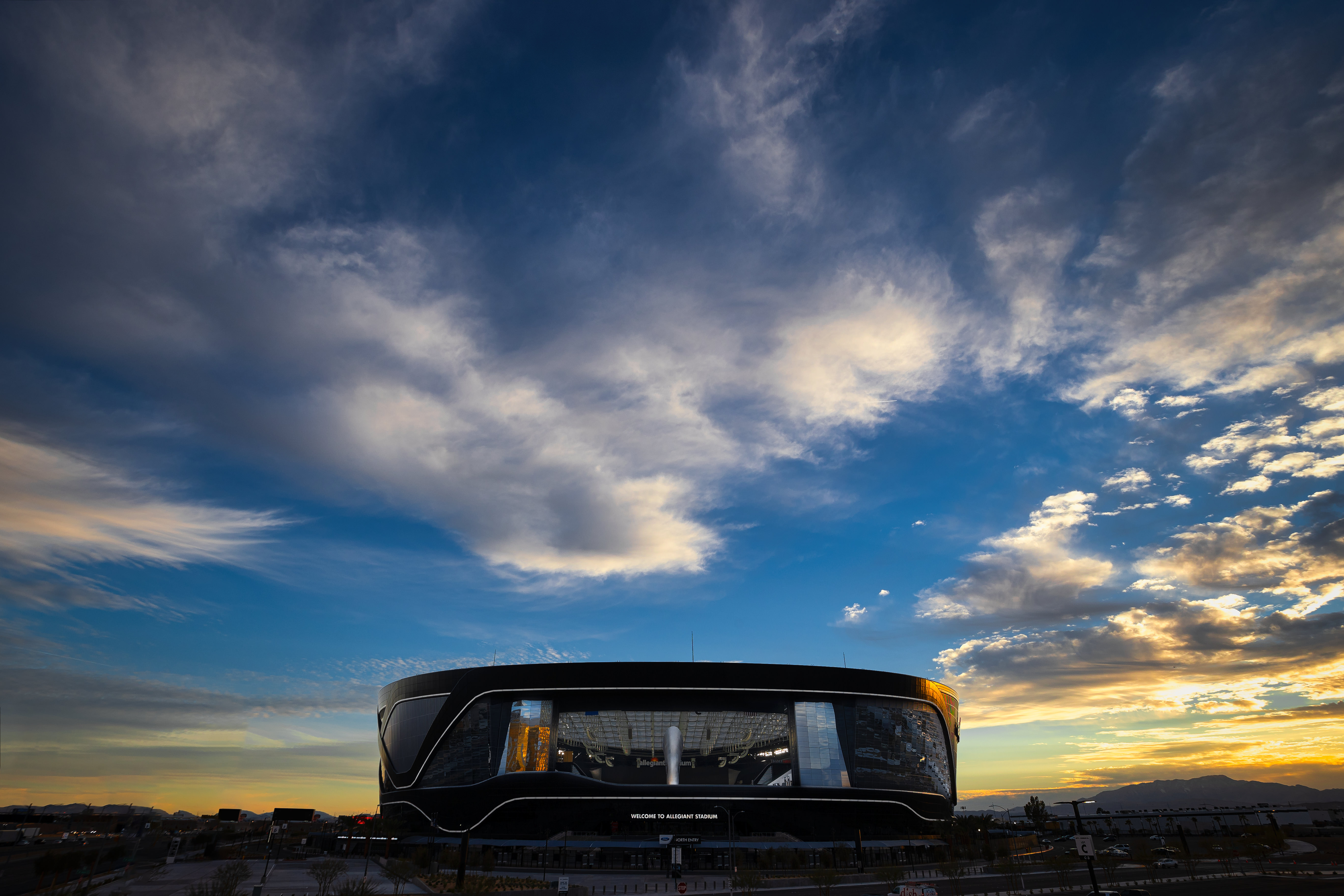Net-Zero Nevada
- Success StoriesSuccess Stories 6m read Aug 7, 2024
NZero has earned the trust of government stakeholders in the state with its impactful work for City of Reno, Washoe County and in the Governor’s Office of Energy.
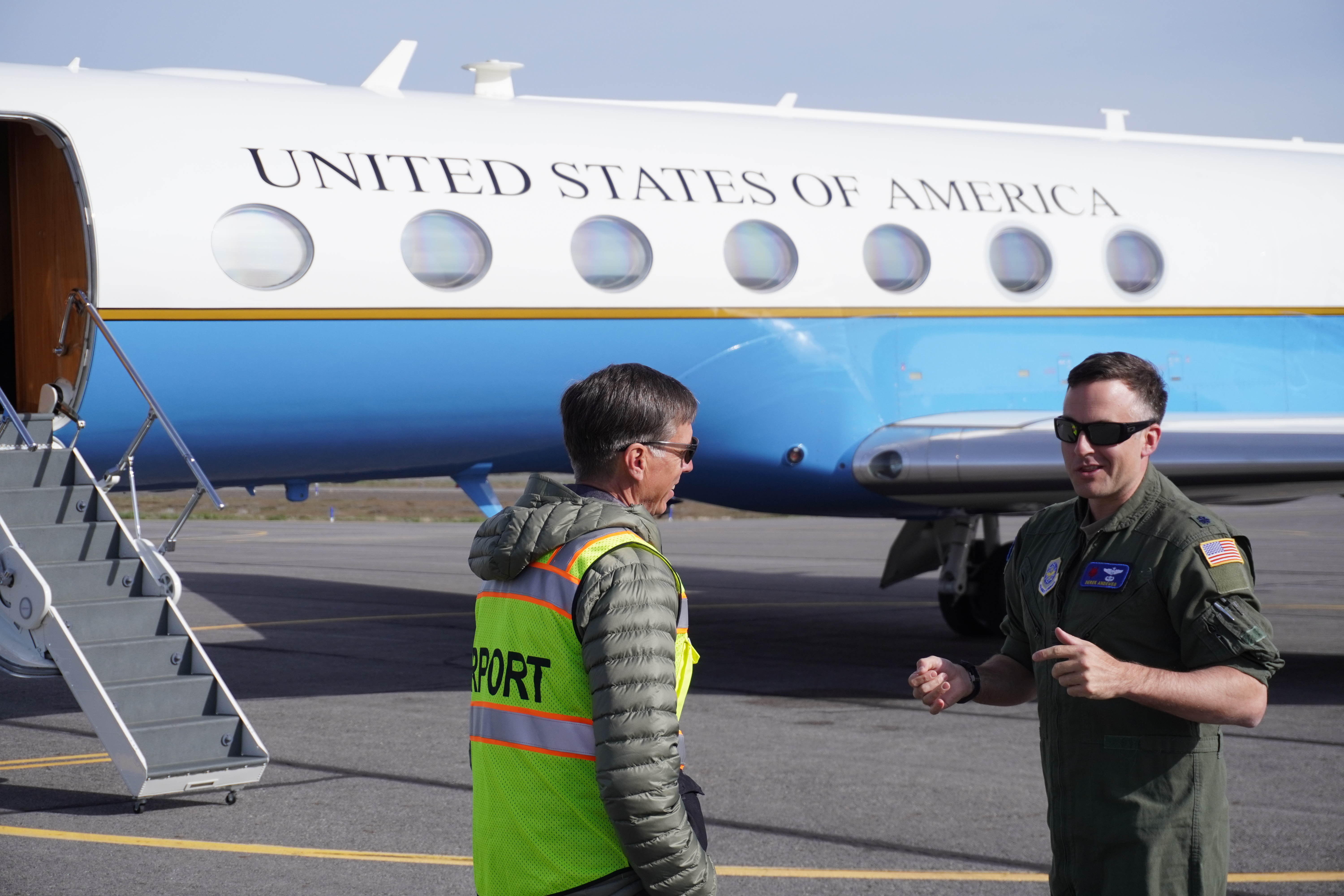
Nestled in the Sierra Nevada near Lake Tahoe, Truckee Tahoe Airport ("the Airport") is more than just a regional gateway for general aviation. Serving over 30,000 annual operations, it provides critical connections for residents, visitors, and businesses in the Tahoe Basin. But the Airport also sits at the intersection of two pressing challenges: the aviation industry’s heavy carbon footprint and the Sierra region’s growing vulnerability to wildfires. This dual responsibility has placed the Airport at the forefront of efforts to rethink what an airport can do to safeguard both climate and community.
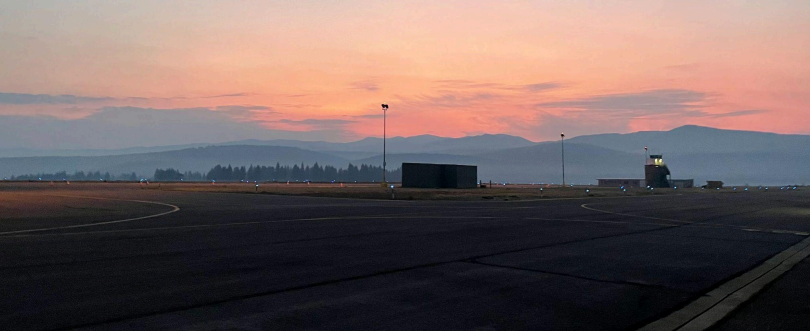
The Airport’s environmental footprint is dominated by emissions from sold aviation fuel, which accounts for nearly 90 percent of its total impact. While steps like building efficiency improvements and electrification of ground vehicles matter, they cannot offset the sheer scale of Scope 3 emissions tied to fuel sales. At the same time, the District manages more than 2,000 acres of surrounding land, where decades of fire suppression have heightened wildfire risks that threaten people, biodiversity, and carbon storage. Confronted with emissions growth in the skies and fire risk on the ground, the Airport needed accurate measurement tools and a clear strategy to link operational decisions with measurable climate outcomes.
To tackle these challenges, the Airport partnered with NZero to deploy comprehensive, year-round accounting across 22 facilities. This data-driven foundation tracks Scope 1 emissions from its fleet and buildings, Scope 2 emissions from electricity, and key Scope 3 categories such as the use of sold aviation fuel and employee commuting. With this level of detail, the Airport could make informed choices, from targeting fuel use in ground operations to understanding how sustainable aviation fuel (SAF) adoption alters carbon intensity per gallon sold.
On the ground, the Airport transitioned away from diesel-powered ground equipment by introducing two JetEx 7400 electric GPUs and adding two Ford F-150 Lightnings to its vehicle fleet. These changes cut diesel consumption by 7.7 percent and gasoline use by more than half, bringing Scope 1 emissions down 6.7 percent. In its aviation operations, the Airport embraced SAF, making 2024 the first full year of 100 percent SAF availability, with blends averaging 33 percent. This decoupled growth from emissions: although fuel sales rose by 15 percent, emissions from use of sold products increased only 5.6 percent, while carbon intensity per gallon fell.
Facility upgrades, including roof repairs, efficient lighting, and floor sealing in multiple hangars, further reduced energy demand while preventing environmental contamination. Meanwhile, emissions tied to electricity consumption, which account for just 2.8 percent of the total footprint, were largely traced to two buildings. This allowed the District to focus resources where efficiency improvements would matter most.
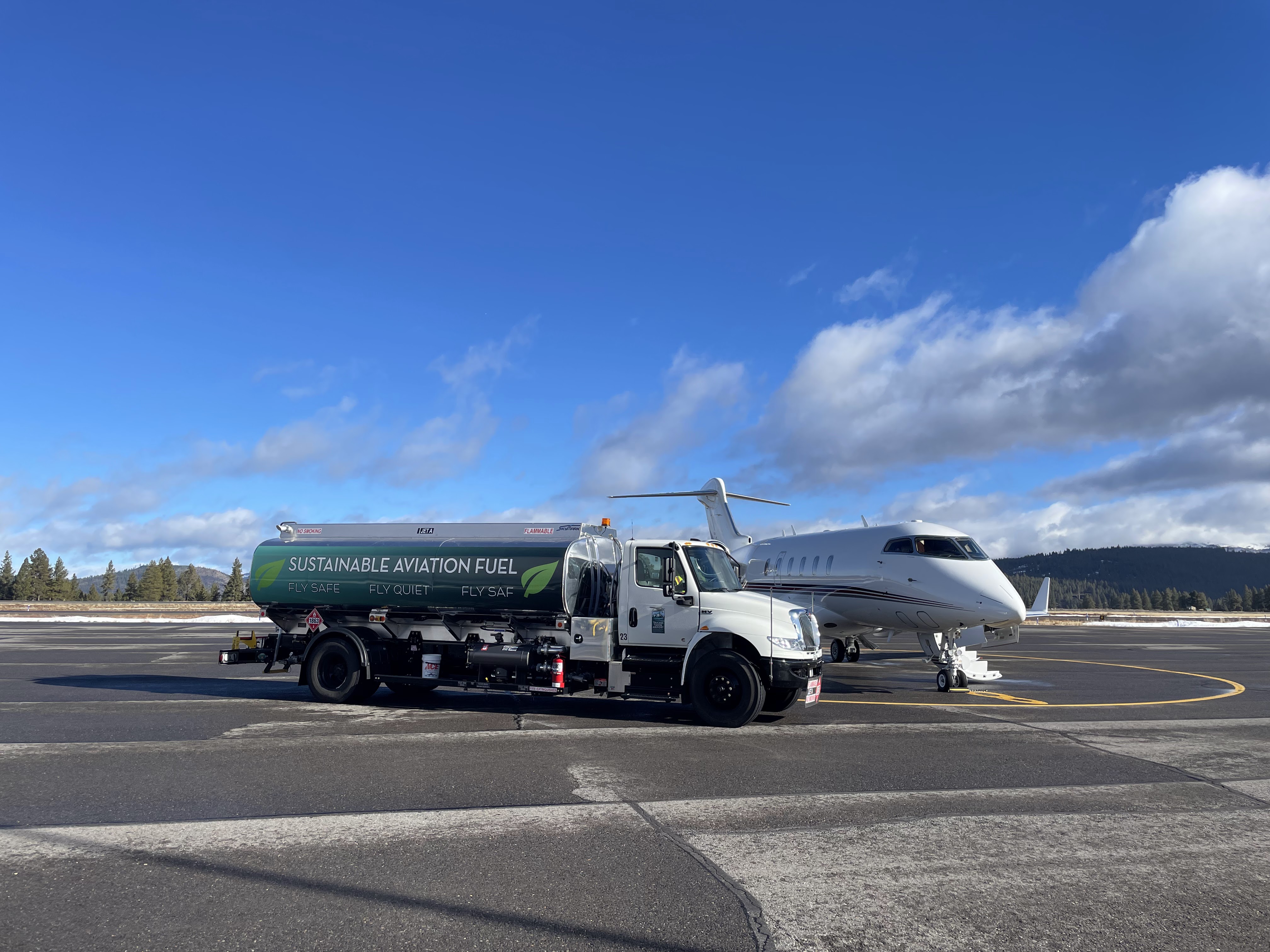
Beyond the runway, the Airport committed nearly $2 million to wildfire-mitigation projects treating over 700 acres. These efforts included a prescribed burn at Waddle Ranch, mastication across 40 acres, and tree removals near airport rights-of-way. Though tree removals created short-term emissions, they reduced immediate fire hazards and protected long-term carbon storage in forests that collectively hold over 330,000 metric tons of CO₂e.
The benefits of this investment were measurable. At Waddle Ranch, modeled flame lengths dropped from moderate to low, lowering the risk to people, infrastructure, and ecosystems. These actions showed how land stewardship and climate responsibility can align, ensuring that resilience projects provide safety for the community while protecting nature-based carbon sinks.

By combining granular data with decisive action, the Airport demonstrated that regional airports can take meaningful steps toward climate goals. Scope 1 emissions fell despite growth in activity, and Scope 3 emissions intensity dropped thanks to SAF adoption. Facility-level insights clarified which buildings should be prioritized for upgrades, helping leaders invest where they could see the biggest returns.
The Airport’s investments in wildfire resilience had benefits beyond emissions. At Waddle Ranch, modeled flame lengths dropped from moderate to low, protecting not only infrastructure but also community safety and natural carbon sinks. With these achievements, the District advanced toward its ambitious 2045 carbon neutrality target, surpassing the aviation sector’s standard 2050 timeline, and strengthened its role as a Governing Partner of the regional Climate Transformation Alliance.
In 2025, the Airport will share its SAF experience through a hands-on immersion event and will finalize a long-term emissions strategy across Scopes 1, 2, and 3. Guided by NZero’s data, the Airport will define clear initiatives and timelines to stay on track toward its neutrality goal. Building on the progress of 2024, the Airport is poised to continue leading not only as a transportation hub but also as a steward of climate resilience in the Sierra Nevada.

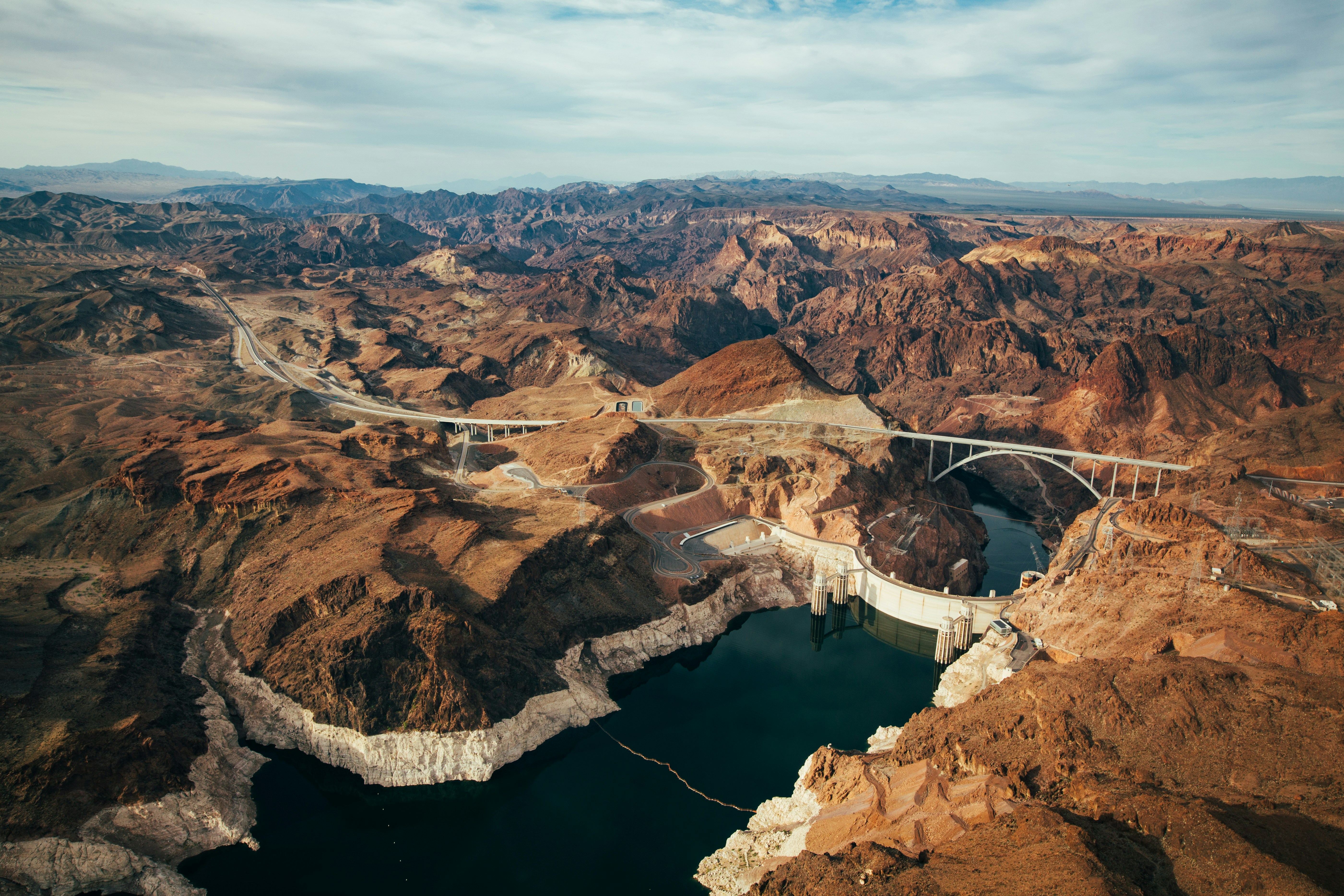
NZero has earned the trust of government stakeholders in the state with its impactful work for City of Reno, Washoe County and in the Governor’s Office of Energy.

